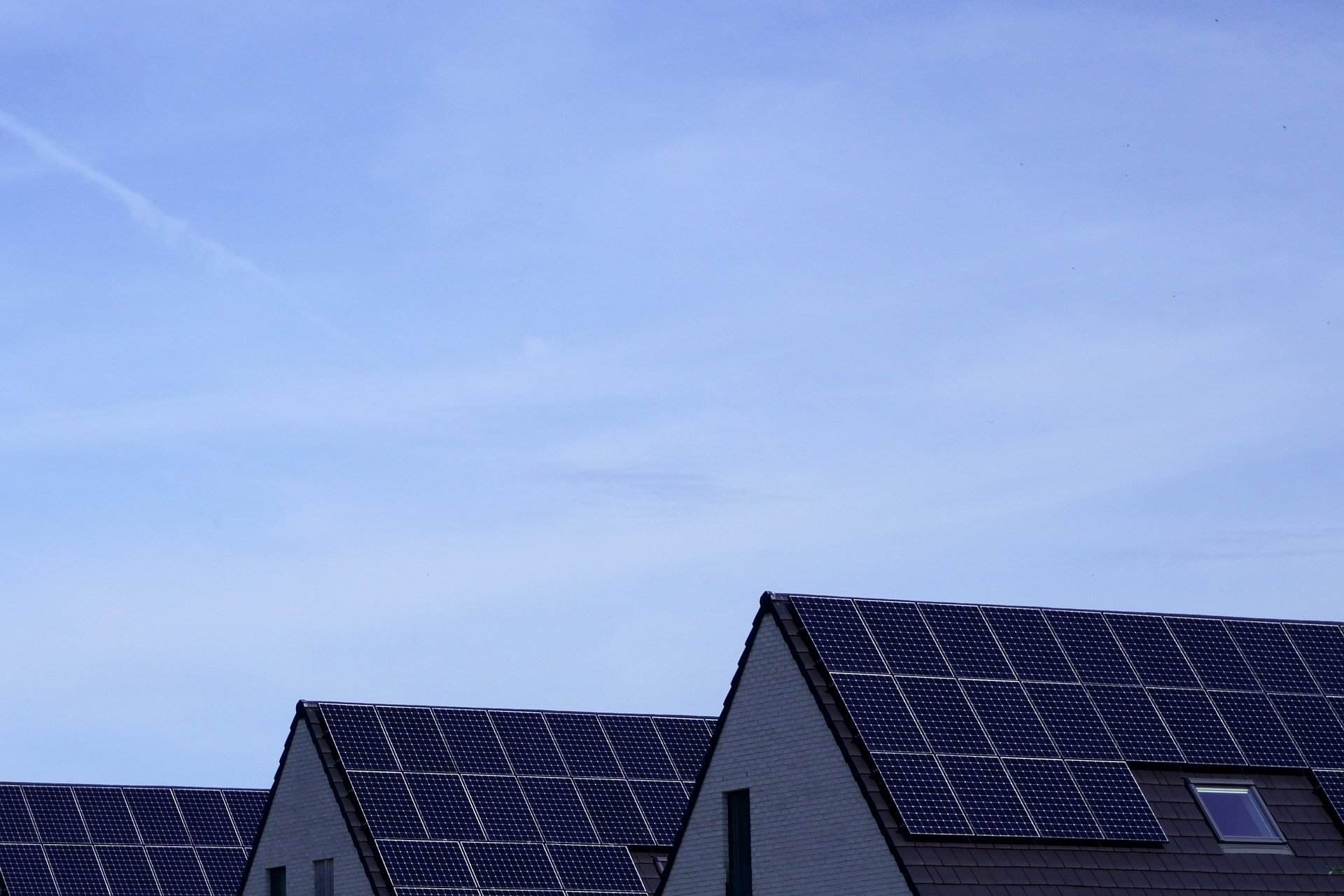Solar Roof Technology: Modern Energy Solutions for Homeowners
Solar roof installation involves replacing traditional roofing materials with photovoltaic tiles or integrated solar shingles. The process typically begins with removing existing roofing materials and assessing the roof structure for compatibility. Professional installers then apply weatherproofing materials and integrate the solar components with the home’s electrical system through inverters and monitoring equipment.

Understanding Solar Roof Payback Period
The payback period for solar roof systems typically ranges from 10 to 25 years, depending on several critical factors. Installation costs, local electricity rates, available incentives, and the amount of sunlight your home receives all influence how quickly your investment pays for itself. Homeowners in states with high electricity costs and generous solar incentives often see shorter payback periods. The federal solar tax credit, which allows homeowners to deduct a percentage of installation costs from their federal taxes, significantly reduces the effective price and accelerates the return on investment. Energy production levels vary based on roof orientation, shading, and geographic location, making personalized calculations essential for accurate payback estimates.
How Does Solar Roof Installation Work?
Solar roof installation begins with a comprehensive site assessment where professionals evaluate your roof’s structural integrity, orientation, and shading patterns. Engineers determine whether your existing roof structure can support the solar roofing materials or if reinforcement is necessary. The installation process involves removing old roofing materials down to the decking, inspecting and repairing the underlying structure, and then installing the solar roofing tiles or shingles. Each solar component connects to an electrical system that includes inverters, which convert the direct current produced by solar cells into alternating current for household use. The entire process typically takes one to two weeks for an average-sized home, though complex roof designs or structural issues may extend this timeline. Final steps include electrical inspection, utility company approval, and system activation.
Key Advantages of Solar Roofs
Solar roofs offer numerous benefits beyond electricity generation. The integrated design eliminates the bulky appearance of traditional solar panels, creating a more uniform and architecturally pleasing aesthetic that often increases property value. These systems provide weather protection while simultaneously producing energy, essentially serving two functions with one installation. Homeowners gain energy independence, reducing reliance on utility companies and protecting themselves against rising electricity costs. Many solar roof products come with warranties of 25 years or more, providing long-term reliability and peace of mind. Environmental benefits include reduced carbon footprint and decreased demand on fossil fuel-based power generation. In some regions, homeowners can sell excess electricity back to the grid through net metering programs, creating an additional revenue stream.
Solar Roofs vs Traditional Solar Panels
When comparing solar roofs to traditional solar panels, several distinctions emerge. Traditional panels mount on racking systems above existing roofing materials, making them easier and less expensive to install initially. However, they create a more visible, industrial appearance that some homeowners find less appealing. Solar roofs integrate directly into the roofing structure, offering superior aesthetics but at a higher upfront cost. Traditional panels can be installed without replacing the entire roof, making them suitable for homes with relatively new roofing. Solar roofs make the most sense when a roof replacement is already necessary, allowing homeowners to combine two major expenses into one comprehensive upgrade. Efficiency rates vary between products, with some traditional panels achieving slightly higher energy conversion rates than certain solar roof tiles. Maintenance requirements differ as well, with traditional panels allowing easier access for cleaning and repairs without disturbing roofing materials.
| Product/Service | Provider | Key Features | Cost Estimation |
|---|---|---|---|
| Solar Roof Tiles | Tesla | Tempered glass tiles, 25-year warranty, integrated battery option | $30,000 - $70,000 |
| Solar Shingles | CertainTeed | GAF-compatible, 25-year warranty, traditional appearance | $25,000 - $60,000 |
| Integrated Solar Roof | GAF Energy | Timberline Solar shingles, nailable installation, weatherproof | $28,000 - $65,000 |
| Solar Roof System | SunTegra | Low-profile design, multiple color options, 25-year warranty | $22,000 - $55,000 |
Prices, rates, or cost estimates mentioned in this article are based on the latest available information but may change over time. Independent research is advised before making financial decisions.
Choosing the Right Solar Roof Solution
Selecting the appropriate solar roof system requires careful consideration of multiple factors. Start by assessing your home’s energy consumption patterns and future electricity needs, including potential increases from electric vehicles or home additions. Evaluate your roof’s physical characteristics, including size, pitch, orientation, and shading from trees or nearby structures. Research available products and manufacturers, comparing warranties, efficiency ratings, and aesthetic options. Obtain multiple quotes from certified installers with proven track records in solar roof installations. Investigate local, state, and federal incentives that can significantly reduce net costs. Consider financing options, including solar loans, leases, and power purchase agreements, each with different implications for ownership and long-term savings. Consult with financial advisors or tax professionals to understand the full financial picture, including tax benefits and potential increases in property value. Choose a solution that balances upfront investment with long-term energy production and aligns with your aesthetic preferences and budget constraints.
Solar roof technology continues evolving, with manufacturers developing more efficient cells, improved durability, and expanded design options. As production scales increase and technology advances, costs are gradually decreasing, making solar roofs increasingly accessible to average homeowners. This convergence of functionality, aesthetics, and sustainability positions solar roofs as a compelling option for those seeking modern energy solutions that enhance both home value and environmental responsibility.




